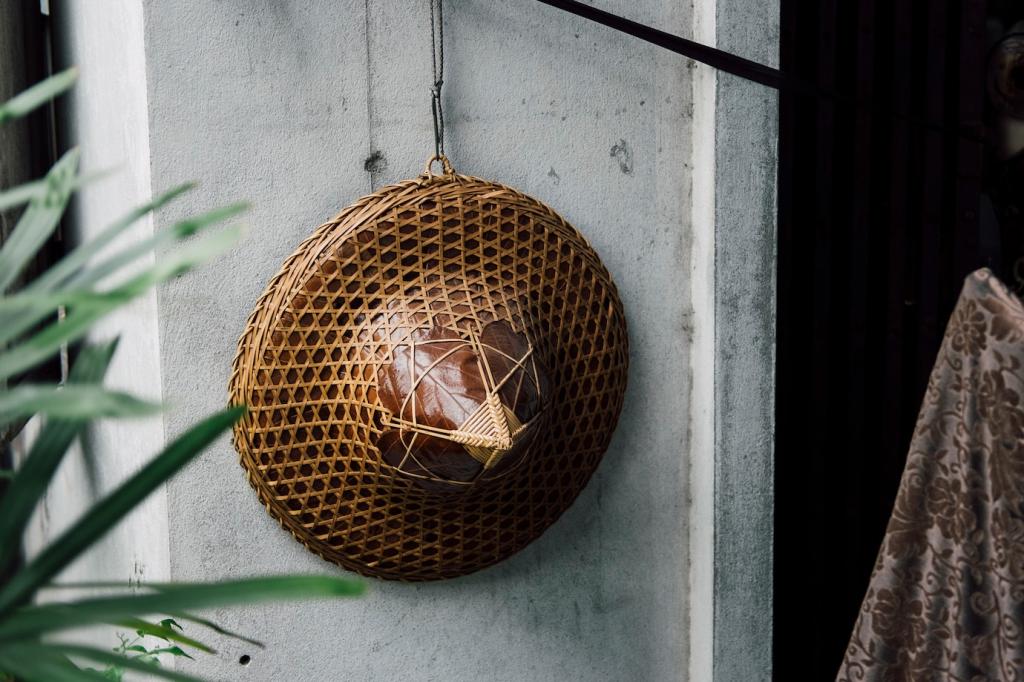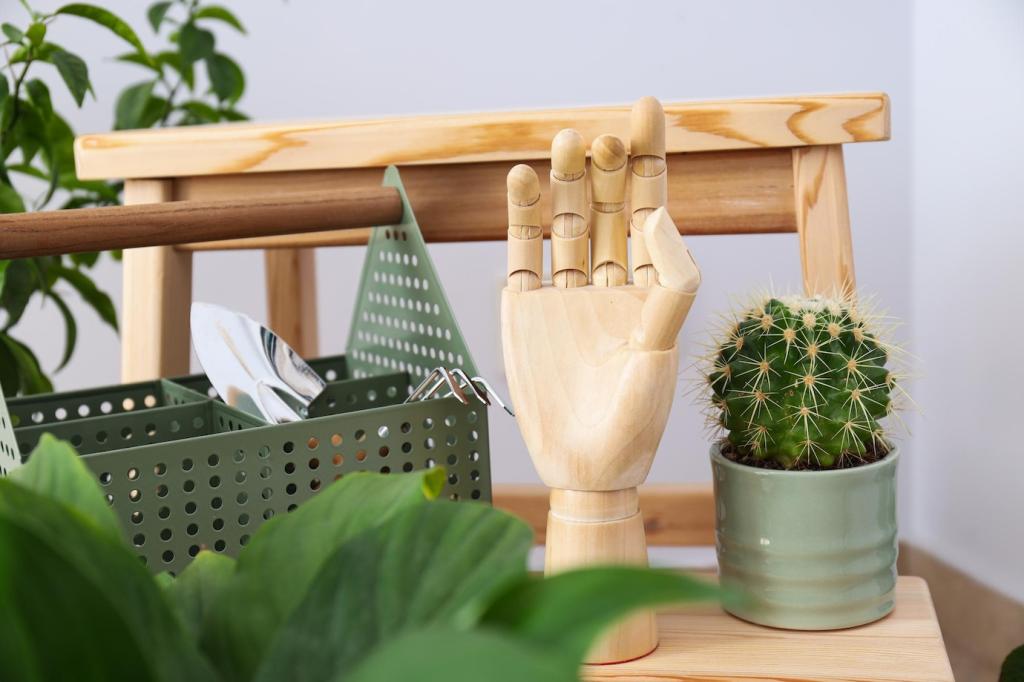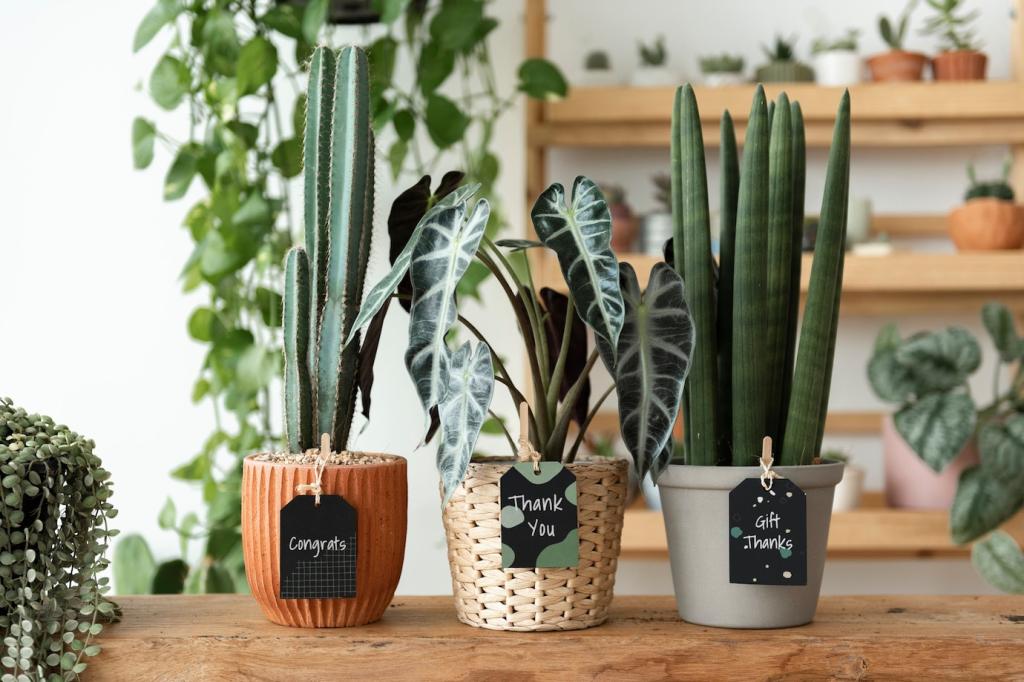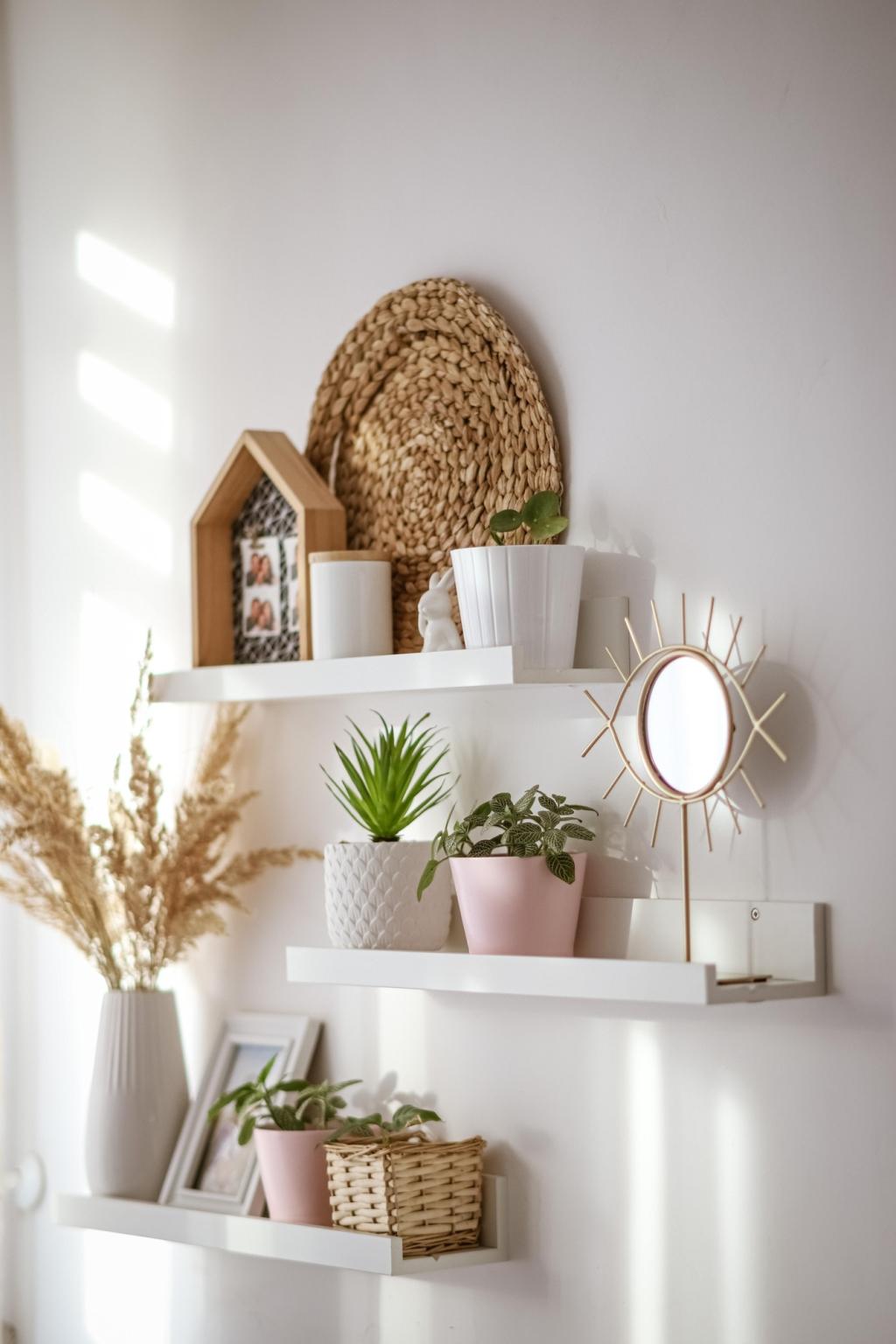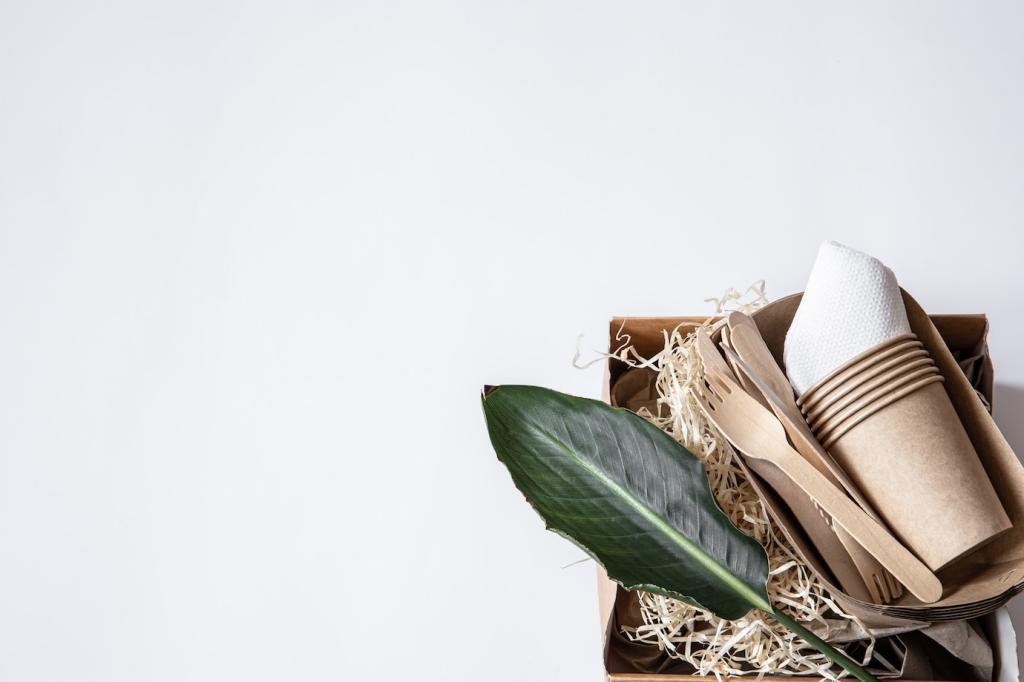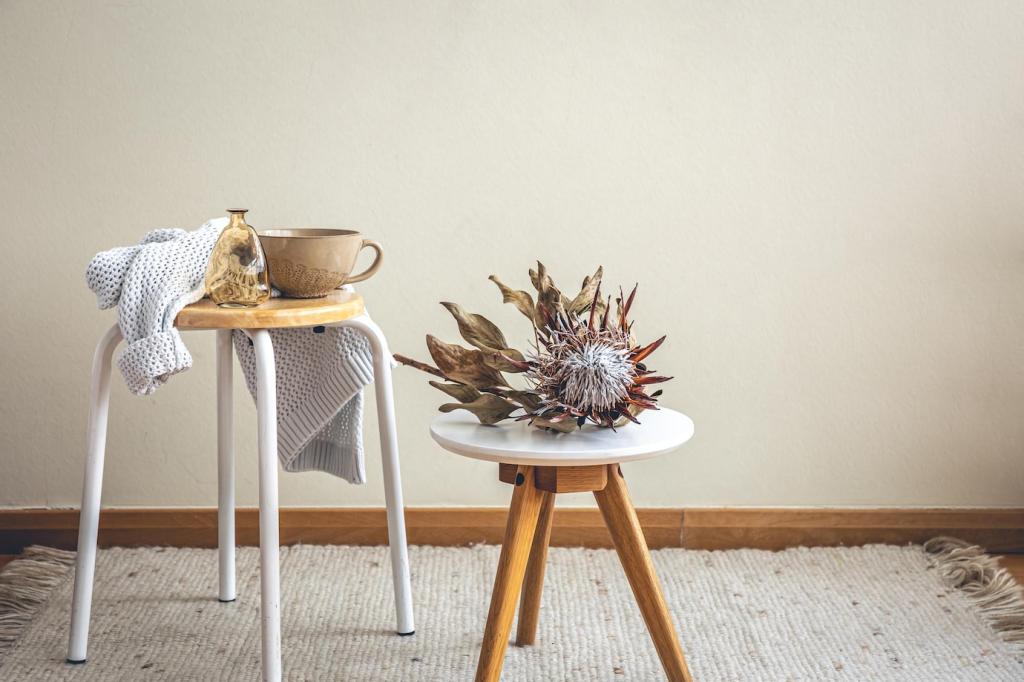Materials, Patterns, and Touch
Choose finishes with visible grain and natural variation. FSC-certified timber, limewash, cork flooring, and wool textiles regulate humidity and feel grounded. Avoid overly glossy, uniform surfaces that mute depth. Show us a material you love at home, and we’ll suggest a complementary pair to amplify its warmth.
Materials, Patterns, and Touch
Curves, branching lines, and fractal patterns echo growth found in leaves and river deltas. Research shows moderate visual complexity relaxes the mind. Try a scalloped rug, arched shelf, or leaf-vein artwork. Share a snapshot of a pattern you already own, and we’ll help center it as a calming focal point.

